[original post 2005-03-23]. By request, here is an explanation of how horoscope charts are derived from the actual planets and stars, and how there come to be different zodiacs. It’s a complicated subject so there are simplifications here.
THE SOLAR SYSTEM – ORBITS & SPIN
Our solar system contains a number of planets orbiting the sun. The planets are all approximately in the same plane (due to centrifugal force, I believe [check this!]). Our calendar year is derived from the sun, and equals one complete revoltion of the earth around the sun. Other planets take more or less time for one orbit, depending on the speed they are going.

The sun and planets of our solar system
Most planets also spin around, like a top. On earth one spin is one day. The axis of spin on earth is through our north and south poles. A planet’s axis of spin is usually not straight up (right angles) to the plane of the solar system, different planets tilt every which way.
Uranus is spinning on its side! The earth’s axis is tilted at 23.5 degrees to the (imaginery) straight up-down line.
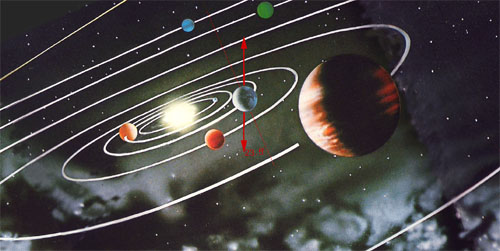
Earth’s tilt gives us a sideways view
THE VISIBLE ARC
Because the earth spins we’re privileged to see a huge amount of the solar system and visible universe during the course of a day! By day we see the sun move across the sky – we can’t see the stars because sunlight blots them out (except the moon, which is very close). By night we see any stars and planets currently to earth’s nightside. Because of the 23 degree axis tilt the sun and stars appear to move in an arc across the sky.
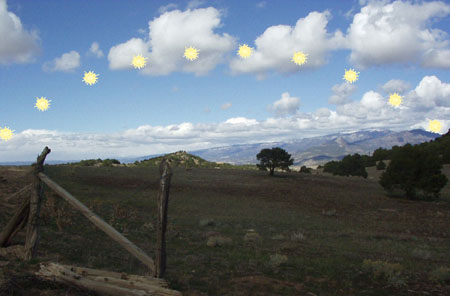
We see the sun move along the arc by day
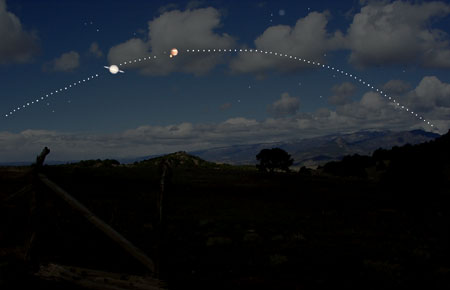
We see planets move along the arc by night
We can’t really see Saturn and Jupiter that well at night without a telescope, but I wanted to make a clear picture. Our view of this arc(“the ecliptic plane”) changes from summer to winter – when the earth is at different points on its orbit around the sun the arc appears higher or lower. It also looks more up or down depending where on earth you live.
TURNING IT INTO A DIAGRAM
The fact that all the planets move around in approximately the same plane makes it much easier for us to make a 2-dimensional map of where they are. To make a simple chart we can ignore the height of the planets, since they’re all relatively close. Pretend you’re sitting above the solar system, over the sun.
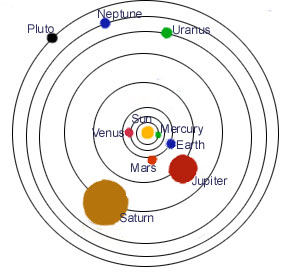
Looking down from above the sun
But we aren’t living on the sun, we’re living on earth – the cosmic forces come towards us from all around the earth. So we need to put down where everything is with respect to earth. To make our chart simple we’ll ignore how far away from us everything is, and draw them all at about the same distance.
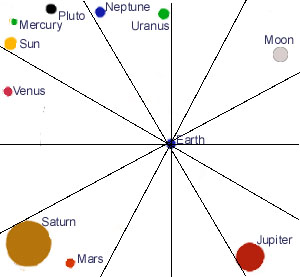
Looking down from above the earth
This is the basis of an astrological chart. In real life the planetary orbits are not lined up quite exactly with the solar system plane; some astrologers note the height variations on their charts (“declination”) and treat it as significant. Also, there are reasons why it might be OK to ignore the differences in distance, but that’s a subject for a future post.
In part 2 we’ll look at how those zodiac signs get into the act and why there are different zodiacs.

In your solar system diagram you made Saturn look bigger than Jupiter. :P